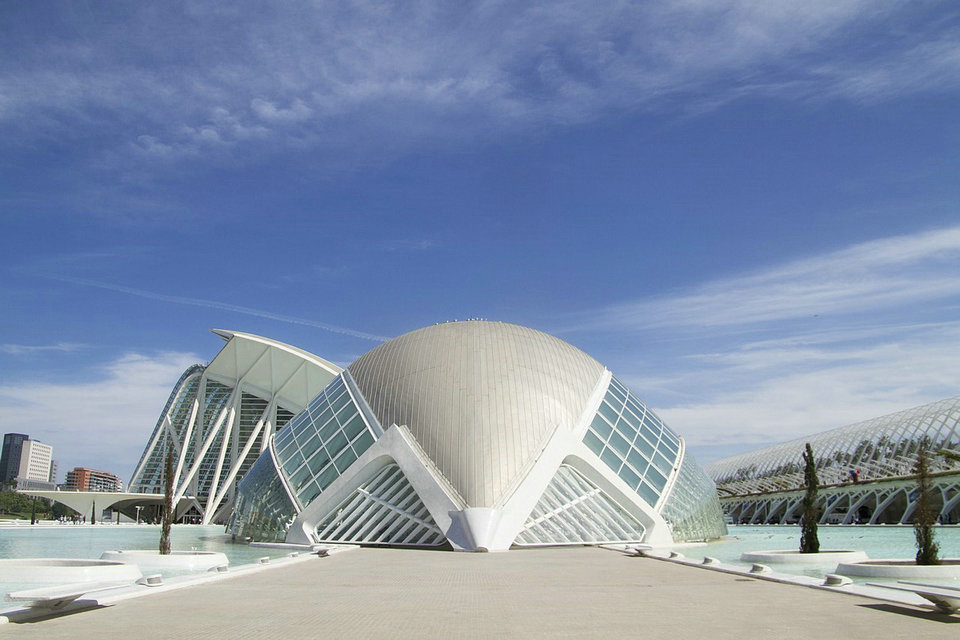Carfree city


A car free city is a population center that relies primarily on public transport, walking, or cycling for transport within the urban area. Carfree cities greatly reduce petroleum dependency, air pollution, greenhouse gas emissions, automobile crashes, noise pollution, urban heat island effect and traffic congestion. Some cities have one or more districts where motorized vehicles are prohibited, referred to as car-free zones. Many older cities in Europe, Asia, and Africa were founded centuries before the advent of the automobile, and some continue to have carfree areas in the oldest parts of the city — especially in areas where it is impossible for cars to fit, e.g. in narrow alleys.
History
A theoretical design for a carfree city of one million people was first proposed by J.H. Crawford in 1996 and further refined in his books, Carfree Cities and Carfree Design Manual.
In 2006, Abu Dhabi’s redevelopment agency released the masterplans for Masdar City, designed to be a highly sustainable and fully planned city. The plans were also focal on ground level street spaces being pedestrian only spaces, with no personal motor vehicles being permitted within the city confines. Thus, aiming to be a walkable city, and using fully electric, and autonomous, personal rapid transit for traveling greater distances.
As part of the city council’s 2014 Urban Mobility Plan, Barcelona has implemented its ‘superblock’ designs, wherein pedestrian-only spaces are created, encompassing the interior streets of 9 city blocks (4, in some outer suburbs).
Politics
Some proposed car free cities are government planned and funded, such as Masdar City and The Great City near Chengdu in China, while others are planned privately such as The Venus Project designs. In places without roads there is no need for taxation to pay for the roads.
Effects
Advantages
The direct benefits of car free urban designs are mainly in mitigating the negative effects found in many cities, such as poor air quality from pollutants as a result of the combustive process used in many motor vehicles, noise pollution and ground vibrations from the engine and vehicle use, and reduction of the urban heat island effect. Another would be the obvious reduction of pedestrian and cyclist collisions.
The indirect benefits are predominantly to do with the revitalisation of the space triggering encouragement for people to be more physically active, whether to commute, exercise or for leisure. This in turn can help lessen the implications that come with mental health and the segregation and isolation caused by car dependant societies. Another obvious indirect effect is an enhanced sense of community, or belonging, as well as perceived ‘ownership’. This can mitigate sociological tension, and further enhance public wellbeing.
Disadvantages
Car free designs limit transport options. Cities vary in their degree of automobile dependency, and usually have a centralized urban structure. Thus, people living in suburbs and exurbs might gain little benefit and lose convenient access to the inner city, due to redevelopment schemes for the CBD and wealthy residential areas.
Process
Braess’ paradox states that “for each point of a road network, let there be given the number of cars starting from it, and the destination of the cars. Under these conditions one wishes to estimate the distribution of traffic flow. Whether one street is preferable to another depends not only on the quality of the road, but also on the density of the flow. If every driver takes the path that looks most favorable to him, the resultant running times need not be minimal. Furthermore, it is indicated by an example that an extension of the road network may cause a redistribution of the traffic that results in longer individual running times.”
An existing city can be made a car-free city by strategic closures of streets and squares to car traffic and reserving them to exclusive pedestrian use. A pedestrian and bicycle network gradually emerges and joins several parts of the city. Similarly, prompted by the same need to avoid conflicts with car traffic and enhance pedestrian movement, pedestrian networks have emerged below street level (underground city) or above road-level to connect large downtown areas as in the Minneapolis Skyway System. For new areas on the fringe of cities or new towns, two new complementary ideas have emerged. The concept of Filtered Permeability (2007) and a model for planning towns and subdivisions – the Fused Grid (2003). Both focus on shifting the balance of network design in favor of pedestrian and bicycle mobility.
Examples
In Ghent, in Belgium, the entire city heart is car free: public transport, taxis and permit holders may enter but not exceed 5 km/h. In Strøget, Copenhagen, there is a large downtown car free shopping area.
The city of Venice serves as an example of how a modern city can function without cars. This design was unintentional as the city was founded over 1,500 years ago, a long time before the invention of the automobile. Visitors who drive to the city or residents who own a car must park their car in a carpark outside of the city and then proceed either by foot or train into the city. The predominant method of transportation in the city is by foot, however most residents travel by motorised waterbuses (vaporetti) which travel the city’s canals.
Other examples of carfree places are Mackinac Island and Paquetá Island, where cars are banned and the main transportation is by means of horses, bicycles, and boats.
Masdar City is most notable, adopting a car-free design philosophy as part of its fundamental basis of being an eco-city. Personal automotive vehicles are eliminated from the street spaces, in favour of a walkable city design, and use of its autonomous Personal Rapid Transit network for public transportation over greater distances. The Great City, in China, is another example of a newly-developed city, designed with the fundamentals of a car free city in mind.
Source from Wikipedia